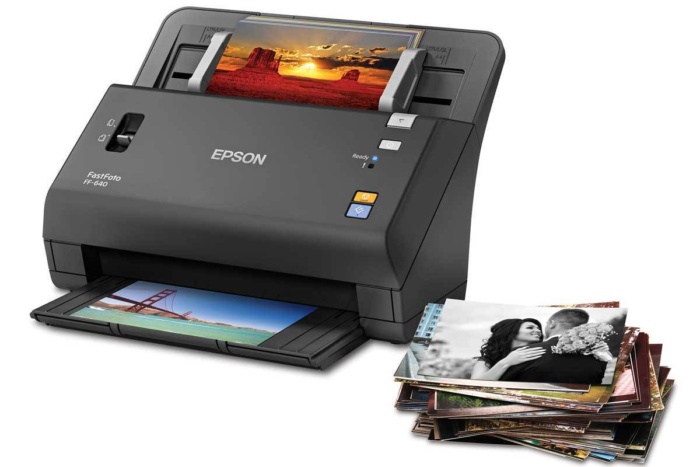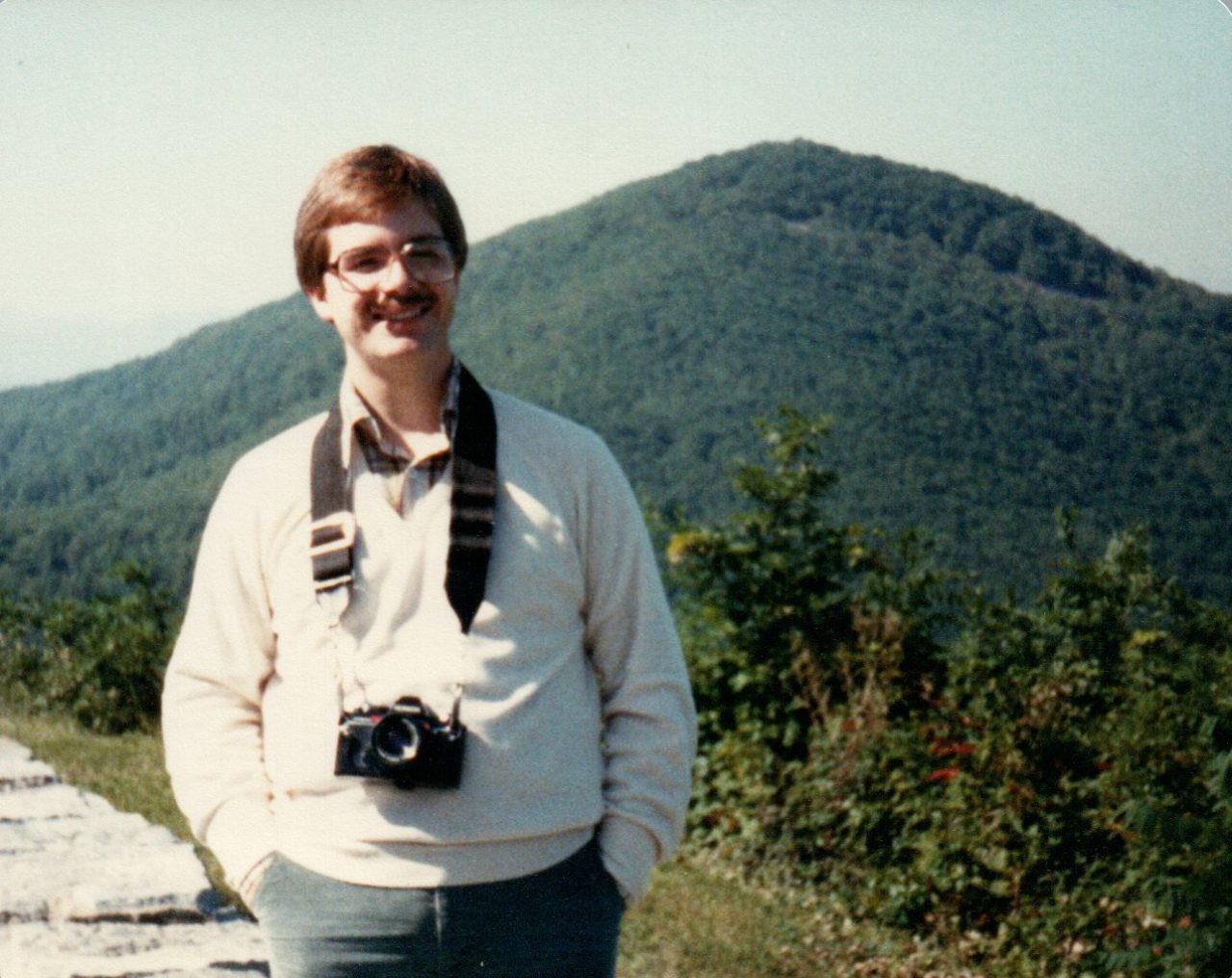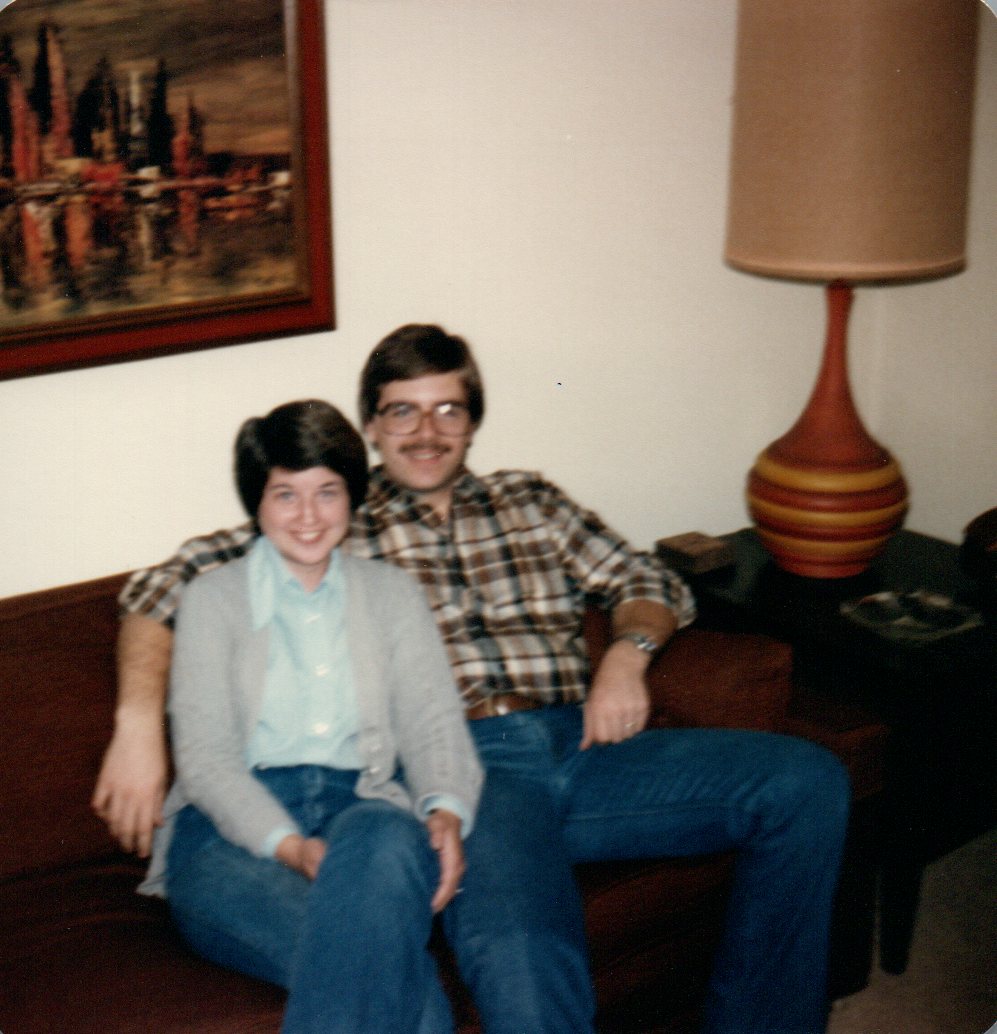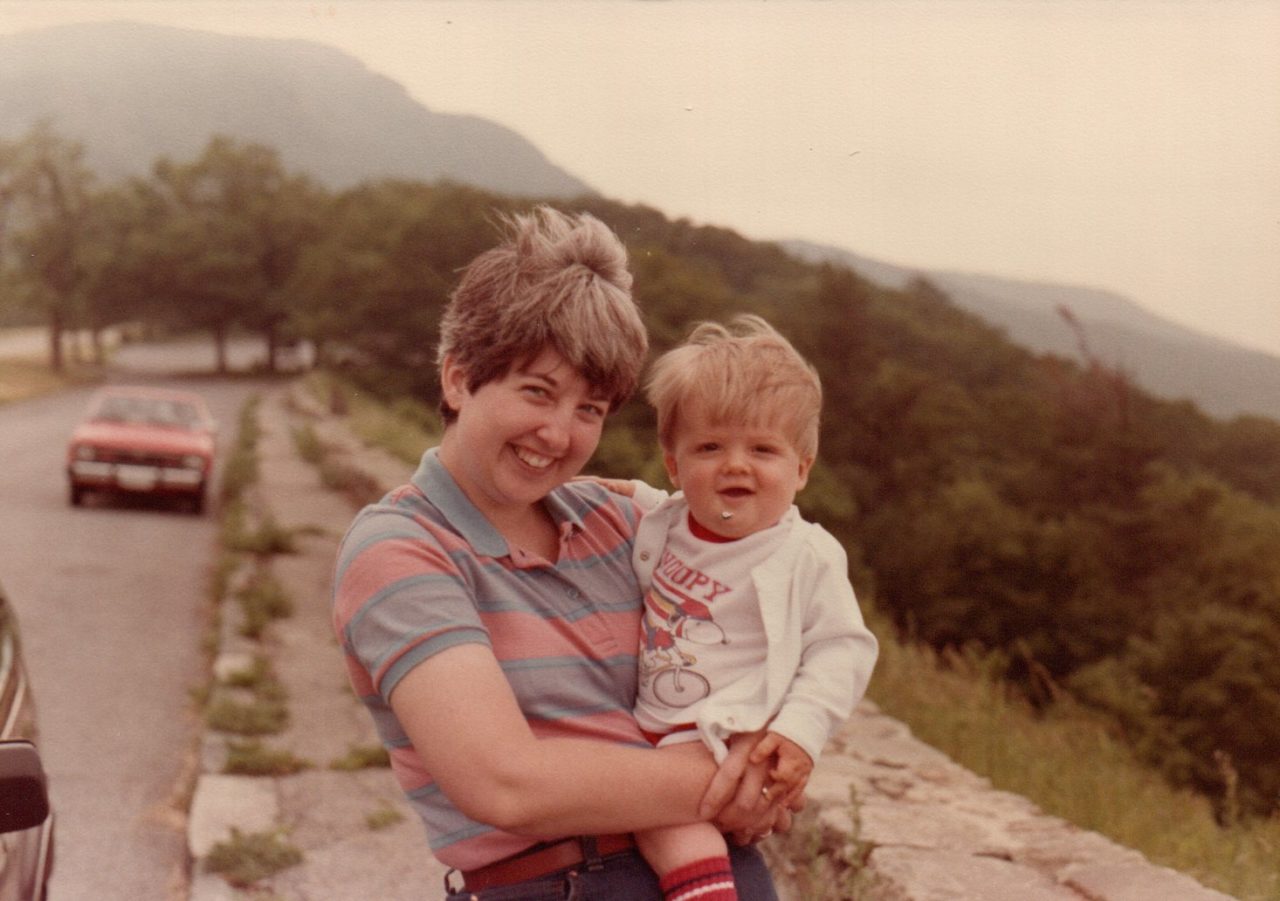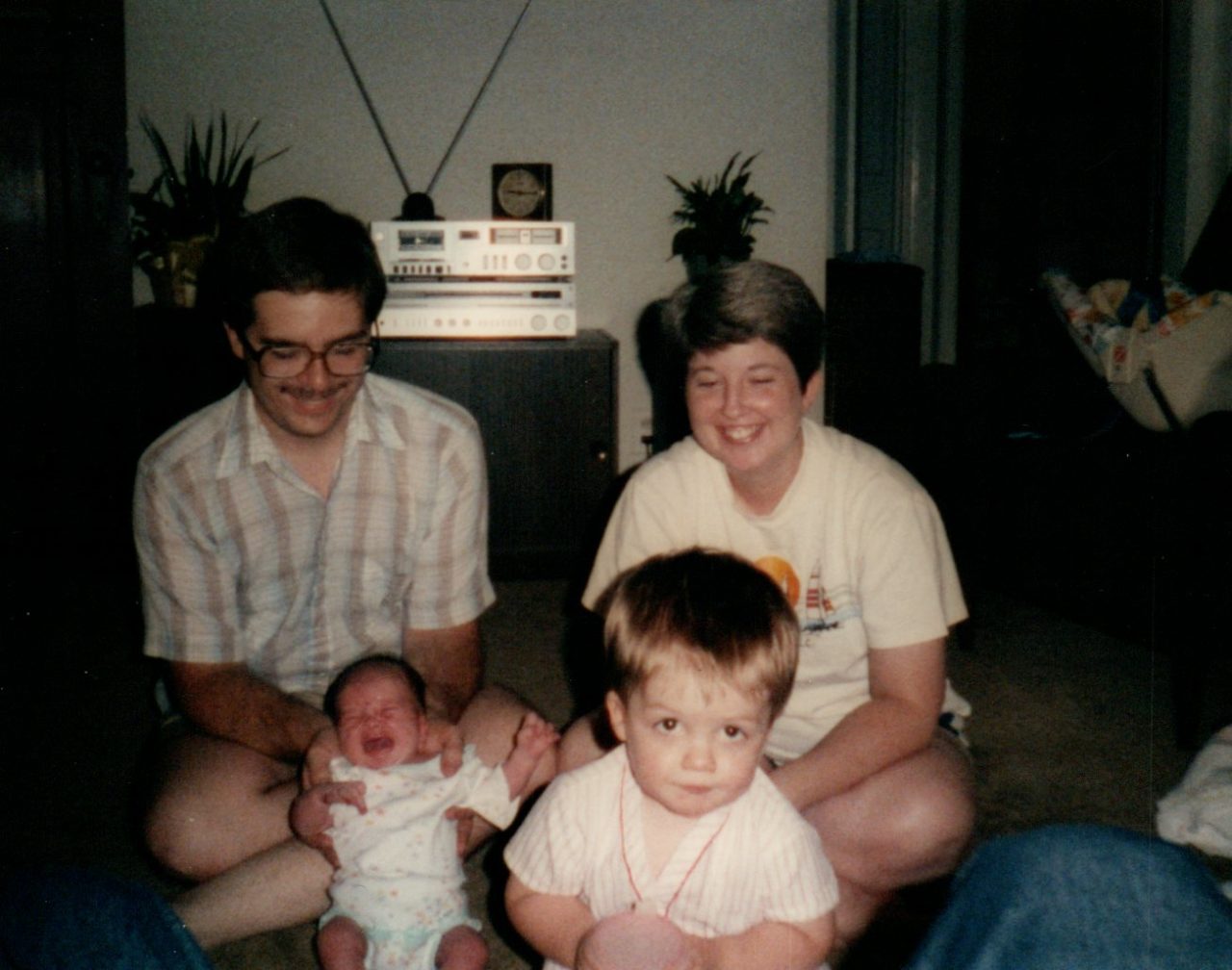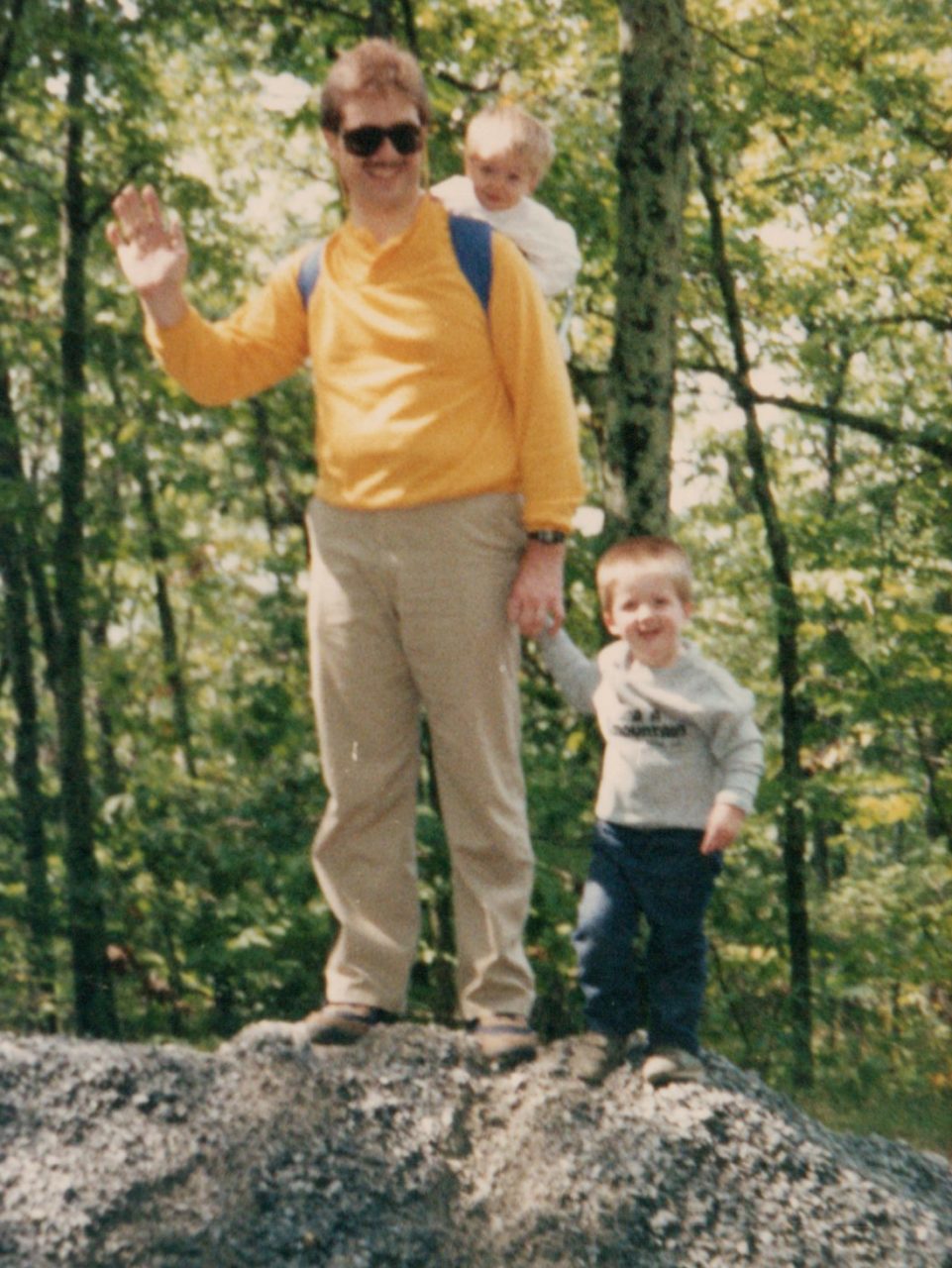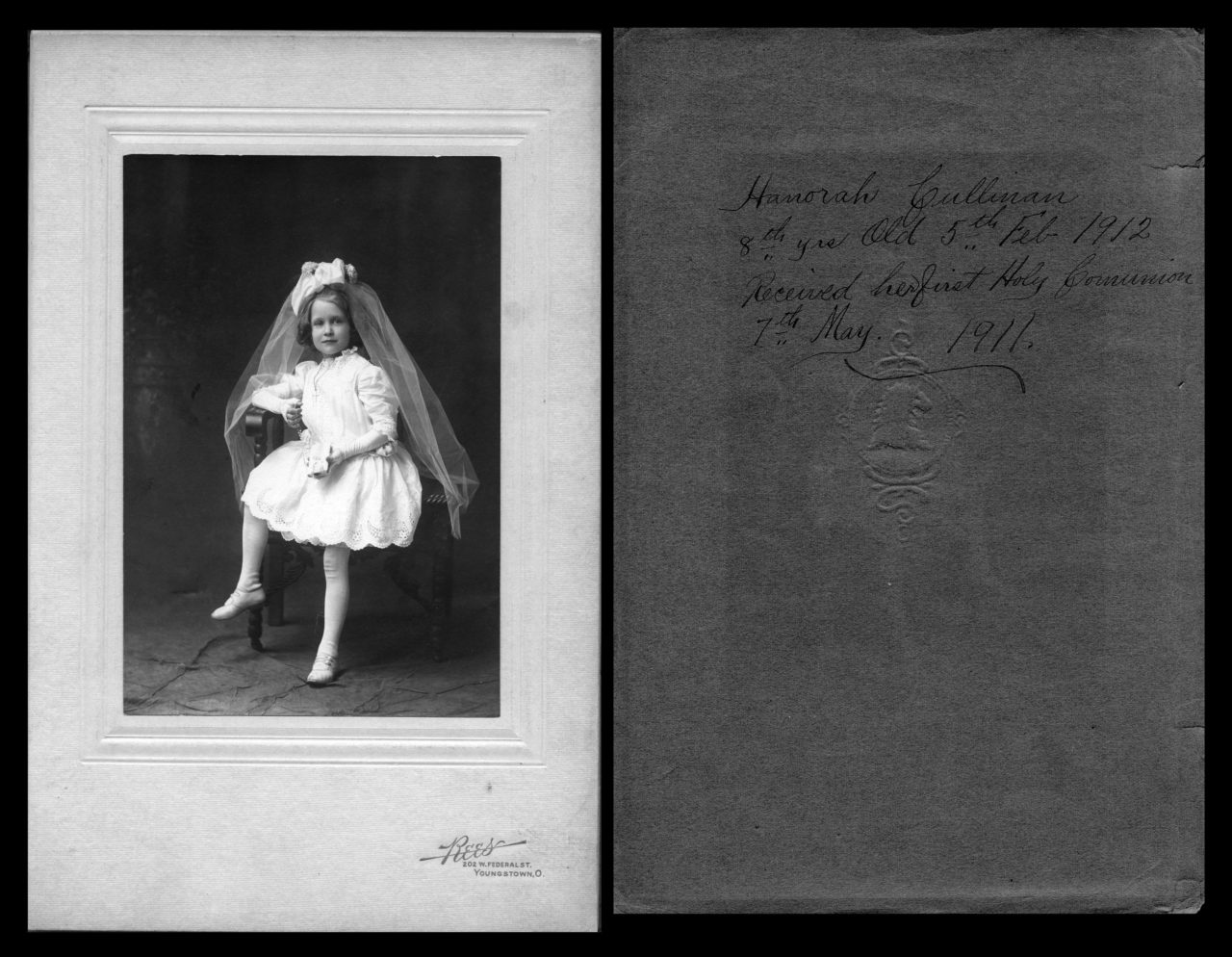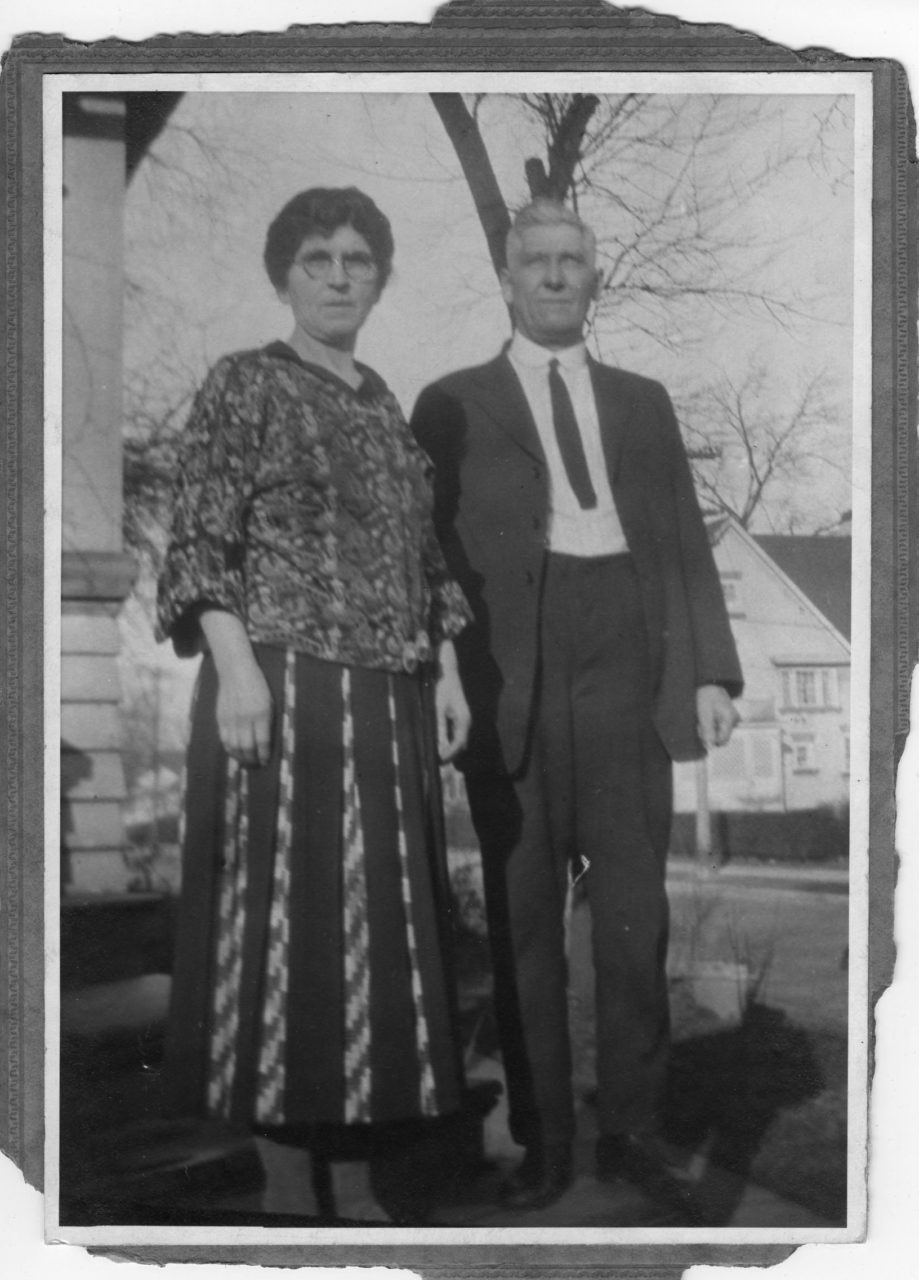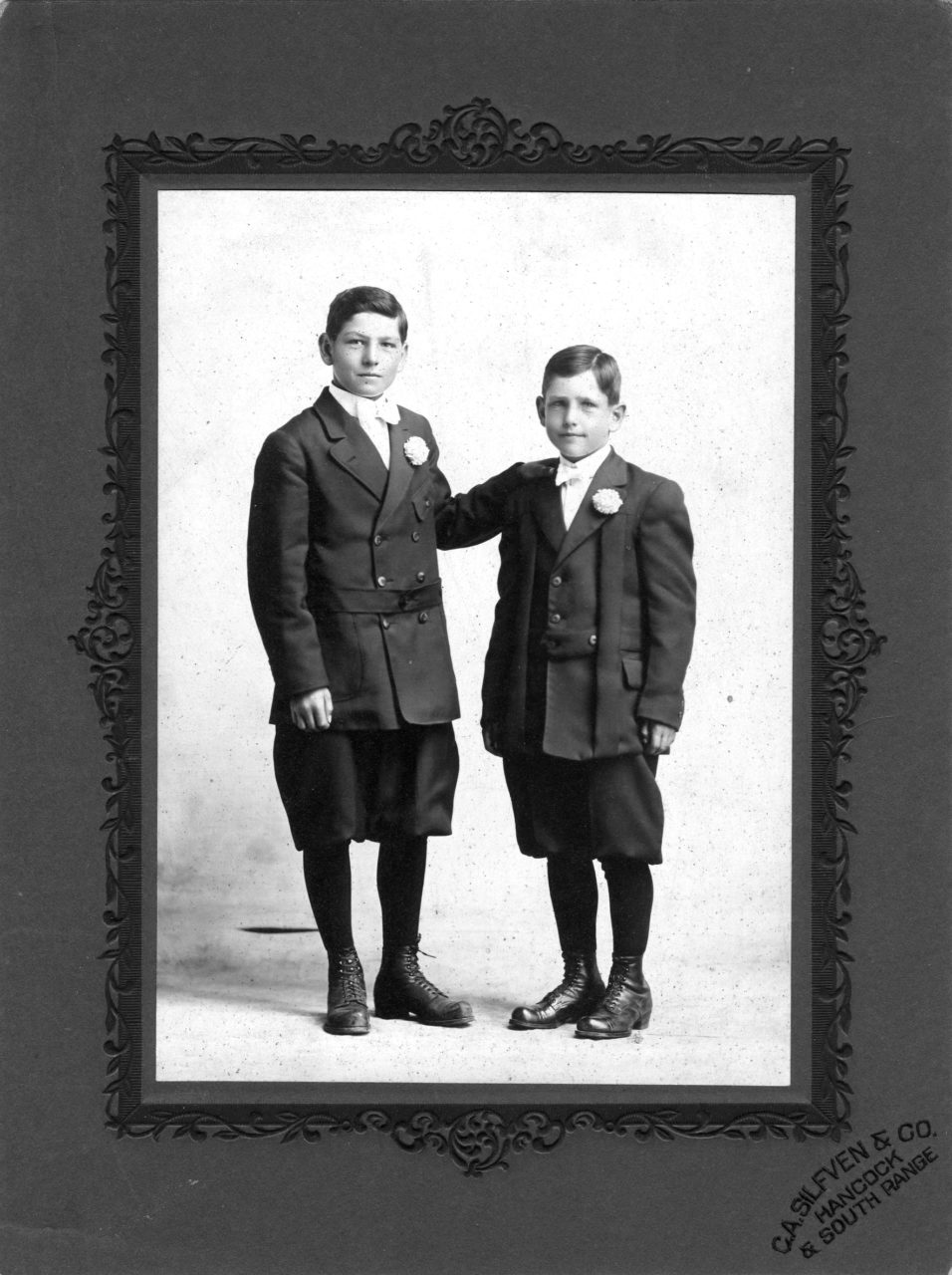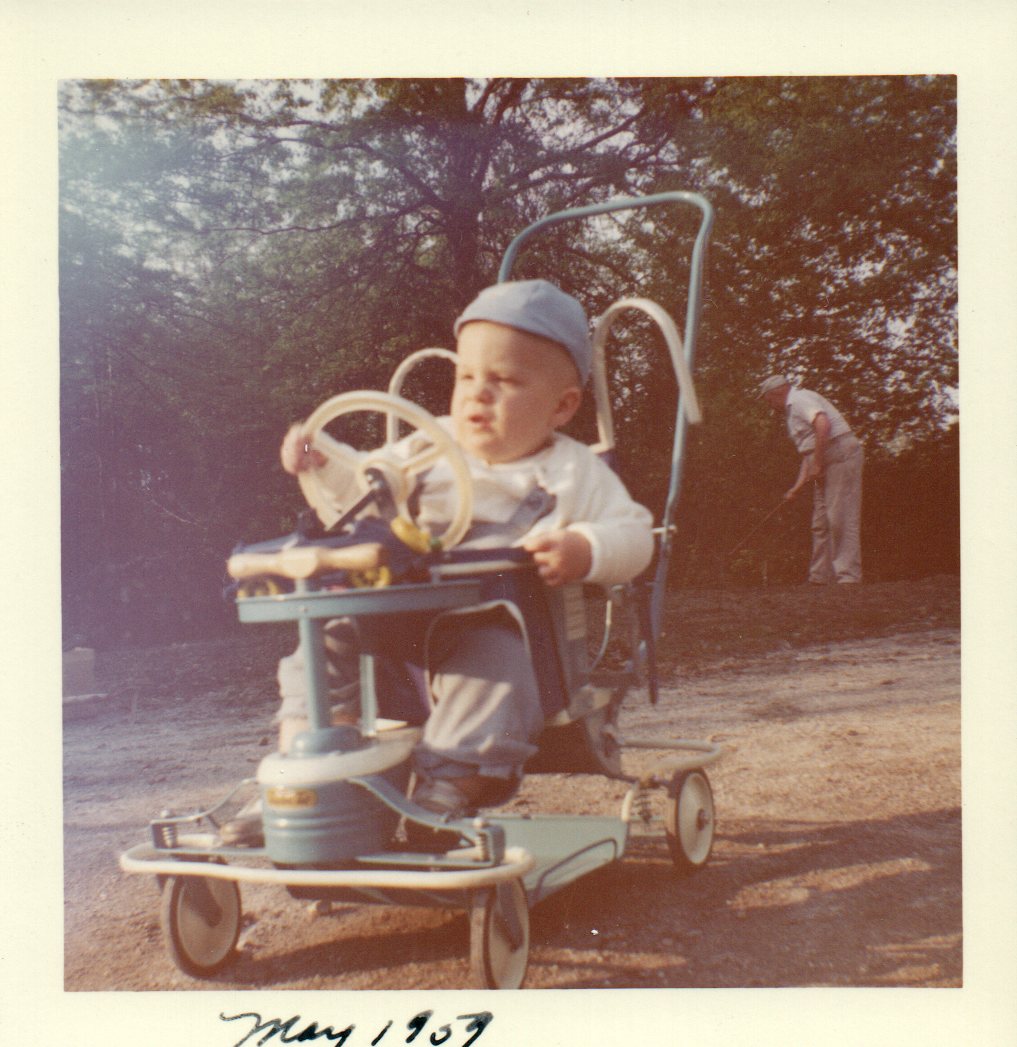
As I went through all of these old photos, I had a number of random thoughts which I’ll attempt to remember and summarize. I’ll probably miss some.
Volume: In a lot of the older albums, there would be 3-4 photos from each birthday, a dozen or so photos from the family vacation, a handful of photos from Christmas and that was it. Today we take 30 photos of our salad.
Volume 2: It was interesting that sometimes an entire year’s worth of photos would appear to have come from a single roll of film. And not 36 photos, usually 12-20.
Volume 3: The amount of space devoted to storing old photos is amazing. I was able to clear off three shelves of albums and boxes, and the digital photos will all fit on a USB drive. And we really didn’t have all that many photos, comparatively.
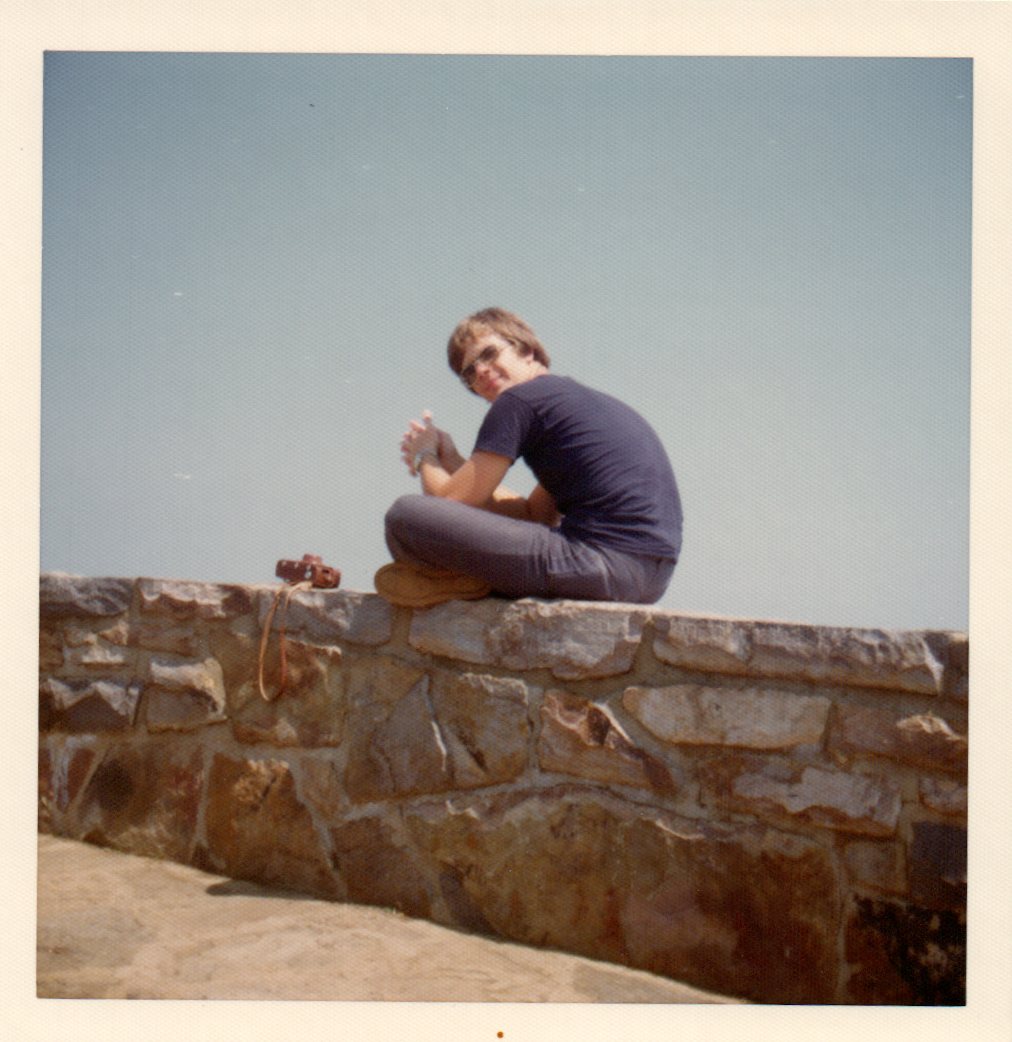
Emotions: My parents have been gone for 30 years, Kathy’s about 6, so grief isn’t something we usually deal with these days. And it didn’t bother us too much to look at photos of them. In fact, it mostly brought fond memories and good feelings. The hard part for me was tossing out the school photos and professional portraits of the kids. I guess it is similar to the emotions that made us spring for the entire package of photos from Sears – we couldn’t live with the idea that some of those prints would be thrown away, so we bought them all! Many of those photos were still in the original envelope. Scanned now, but never looked at in the interim. Sears made a mint off of us, but they are now out of business anyway.
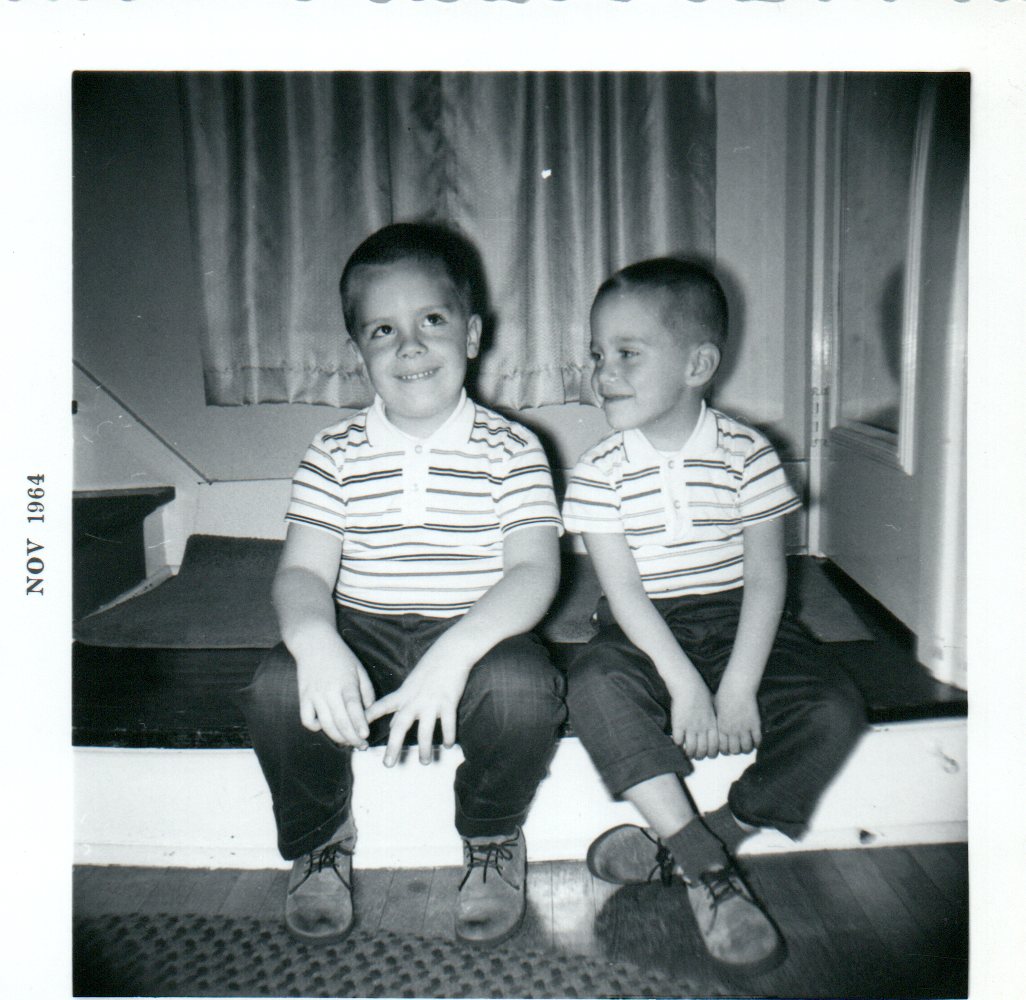
Family: When I look through these photos and realize how many of those people are gone, and how many of them are still around, it reminds me to not forget about the actual people. Saving the photos is one thing, but remember that there are still relationships. We need to care for the relationships as much (or more) as we do the photographs.
Evolution: One of the thoughts I had during the process was the fact that our generation is sort of acting as an “interface” between the analog and the digital. People younger than us have never used film, and people older than us don’t generally use digital technology as much as we do.
Evolution 2: The idea of us being stewards of the old was something that occurred to me. I realize that digital files will eventually be replaced by something as foreign to us now as the idea of computers was to people in the 70s and even 80s. As I mentioned in a previous post, the really old photos still have a value as “artifacts” whether or not we know the people.
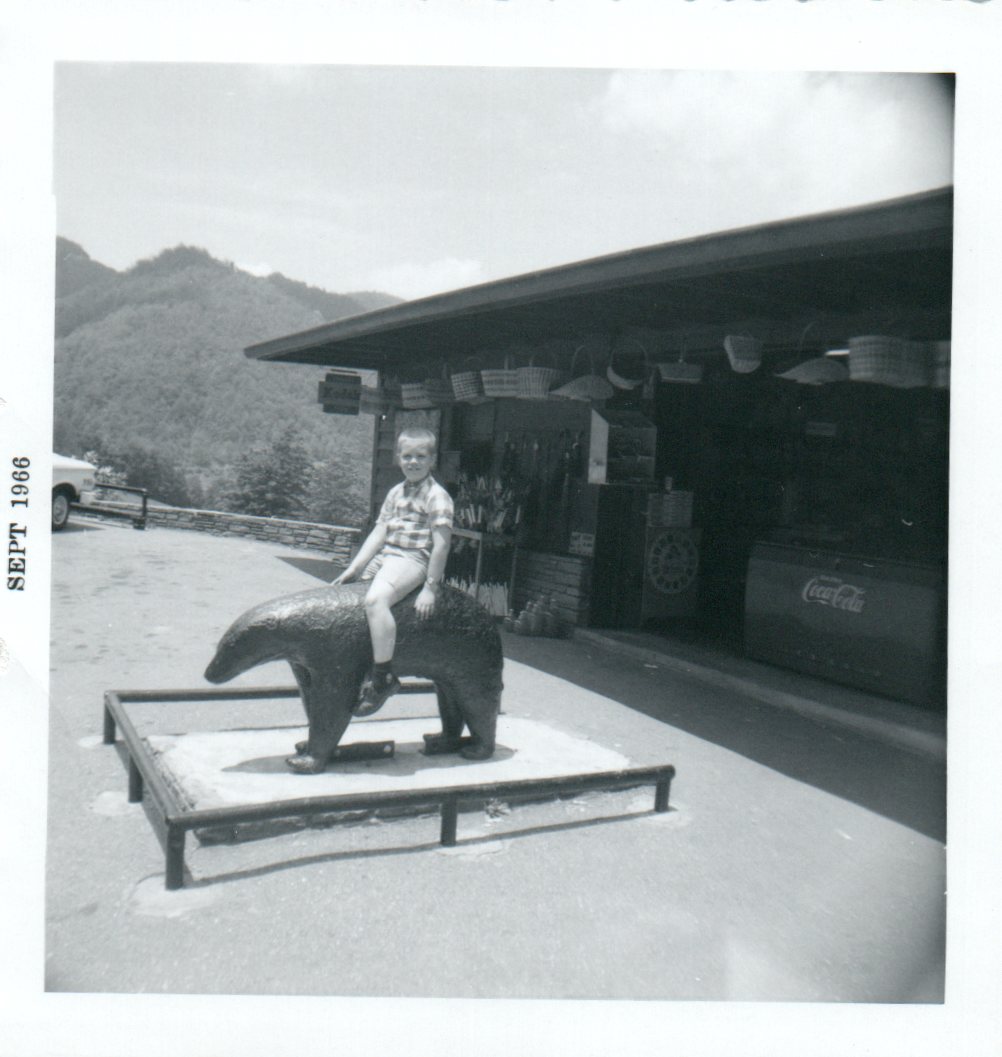
Remember: Even though we take a lot more pictures these days, it’s important to be sure we are diligent about recording the people, places and things that matter to us, not just the foods we eat or ourselves in front of some random landmark. And be sure to save those photos somewhere within our control, and not entrusted to a faceless corporate entity that ultimately cares more about our money and our data than our memories.

